100 Of The Greatest Books In The English Language
This is obviously so subjective it’s worthless but it’s a start.

This is obviously so subjective it’s worthless but it’s a start.

Don’t tweet anything you wouldn’t announce over the school public announcement system or in a letter home to parents.
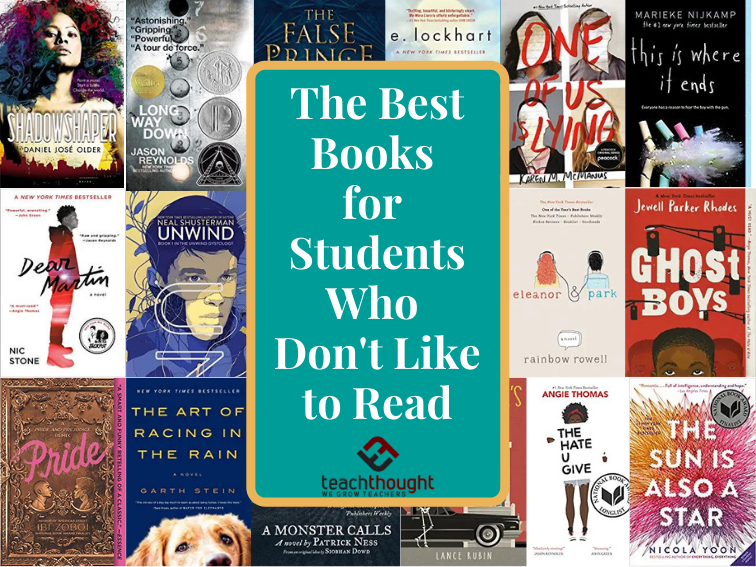
Here are the best books for students who don’t like to read. From murder mysteries to dystopian societies, there’s something for everyone!
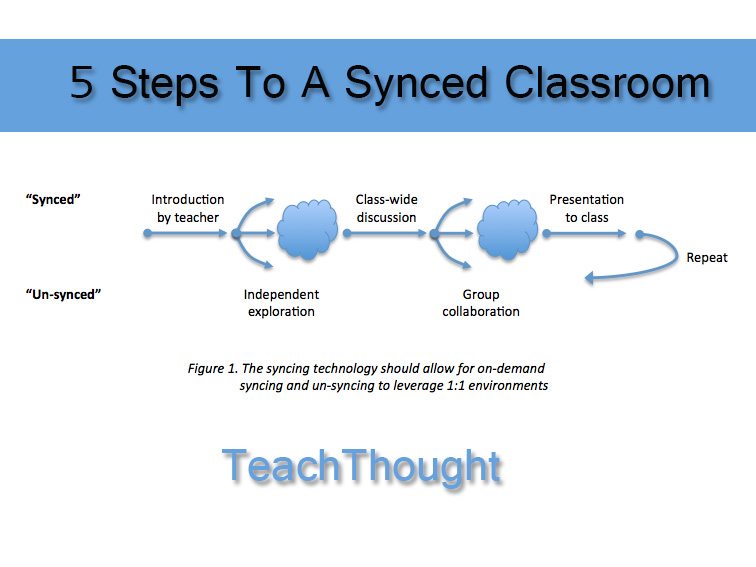
Learning in a synced classroom requires the ability to engage the same core material and the ability to engage the material independently.

These images can help you see 6 Bloom’s Taxonomy images at a glance.

Education has long gone beyond acquiring knowledge to acquiring skills using EdTech tools
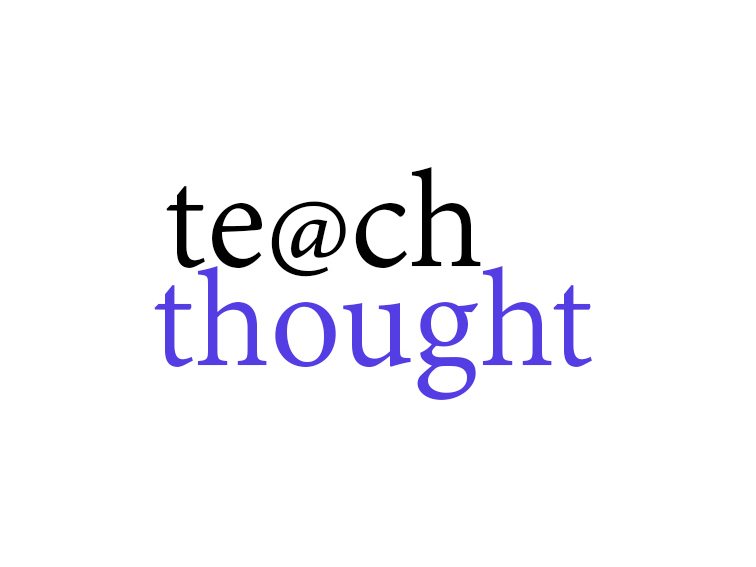
Our interns do a mix of things–some fun and self-directed and open-ended; some small, some large. Some clerical. Mostly writing content.
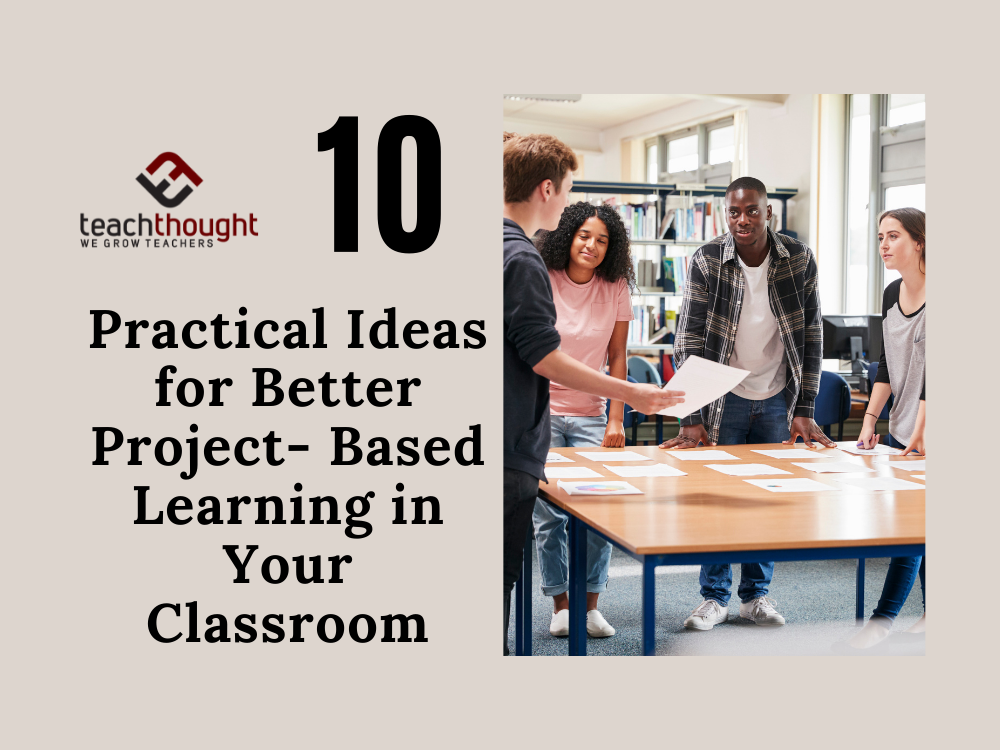
Project-based learning is popular because it can function as a frame for everything else that teachers already plan for and want for their classrooms, from improved student engagement to critical thinking,
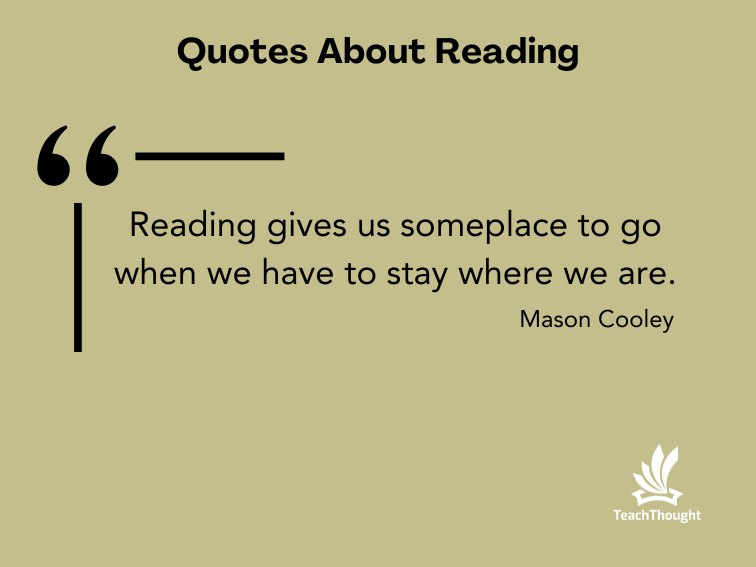
“Reading gives us someplace to go when we have to stay where we are.”

Benefits of meditation in the classroom include reduced stress, improved concentration, and emotional regulation.
Innovative methods in language learning are transforming education, showcasing how technology makes the process more engaging and accessible.
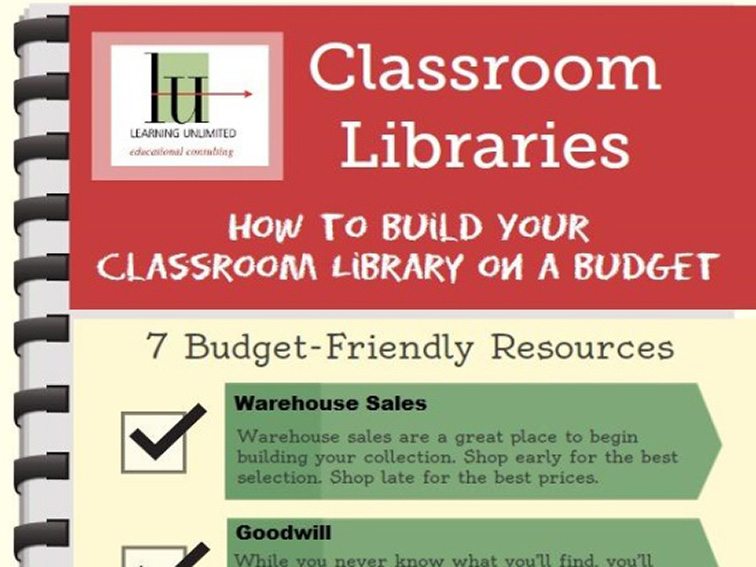
Thrift Stores and Yard Sales: Find gently used books at thrift stores or yard sales for a fraction of their original cost.
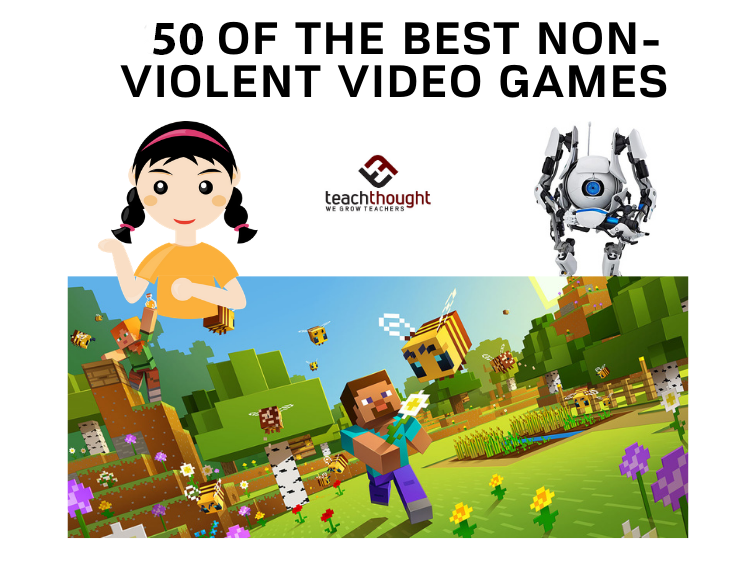
What are the best non-violent video games for children? Well, that depends on how you define ‘violent’ but here are 50 to get you started.
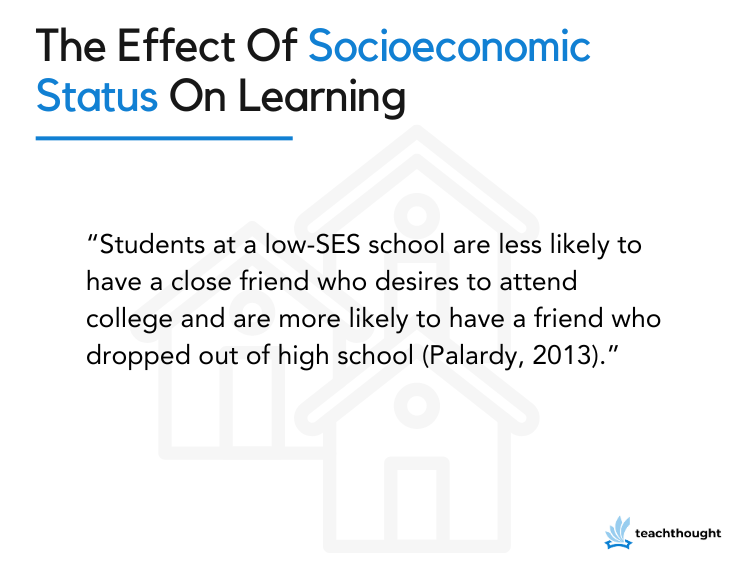
The research on the influence of socioeconomic status on learning leads to questions about how to support teachers so they can help students.